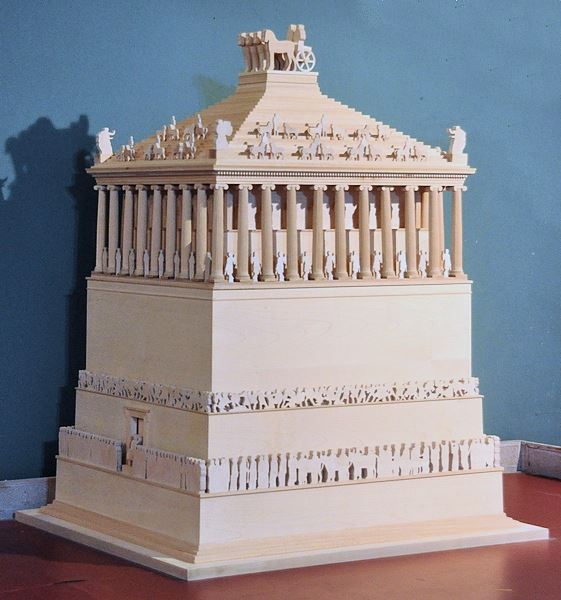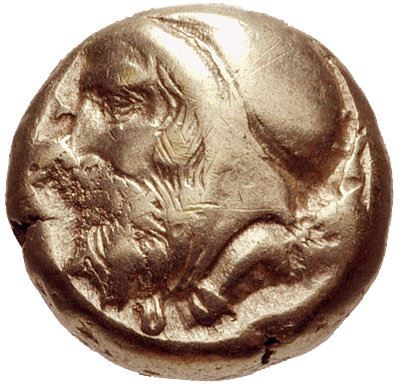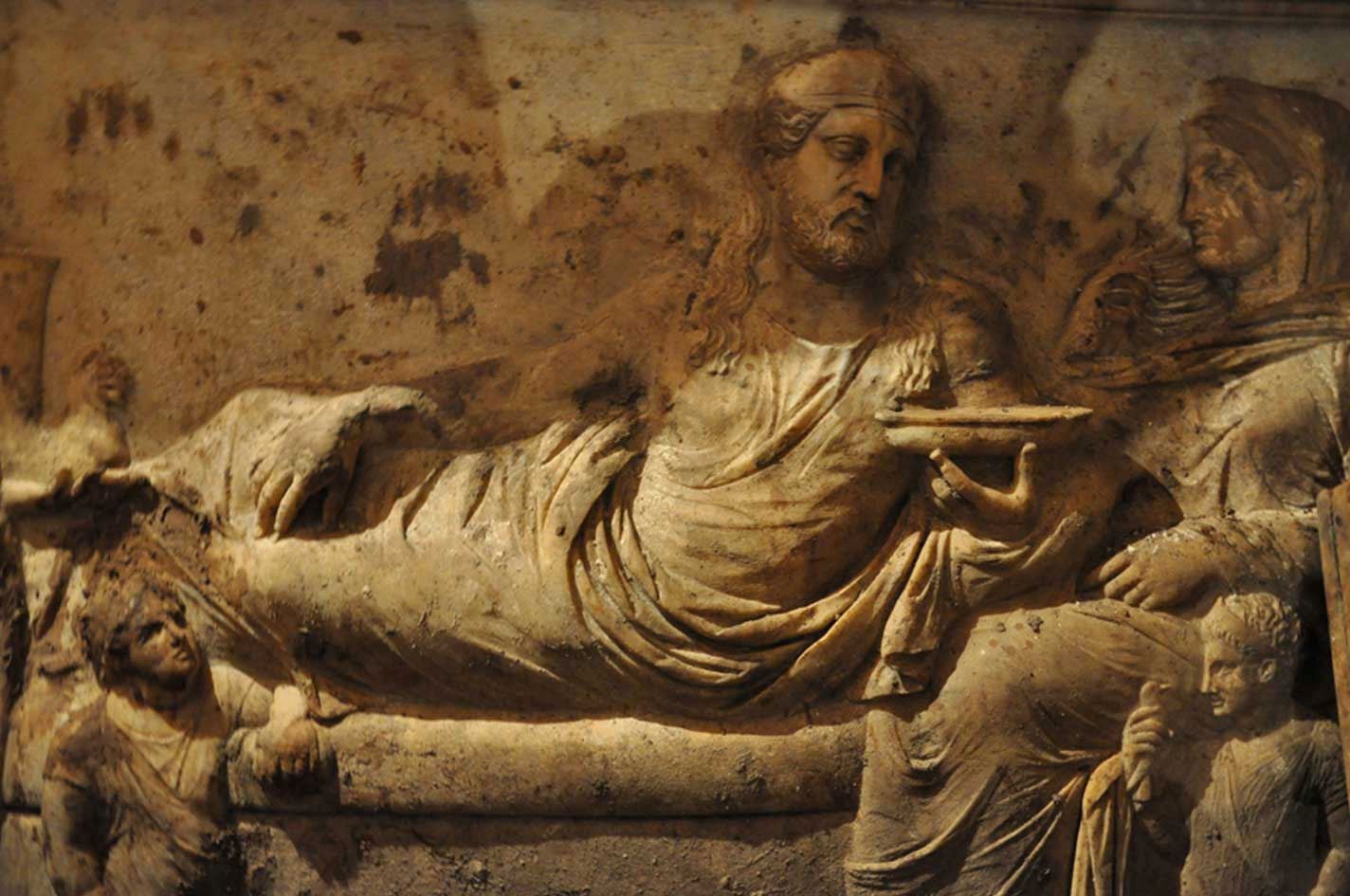Caria was then incorporated into the Persian Achaemenid Empire as a satrapy (province) in 545 BC. The most important town was Halicarnassus, from where its sovereigns, the tyrants of the Lygdamid dynasty (c.520-450 BC), reigned. After the unsuccessful Persian invasion of Greece the cities of Caria became members of the Delian League. The Hecatomnid dynasty ruled Caria and surrounding areas about 395–334 BCE, after Caria had left the Delian League and returned under the control of the Achaemenid Empire.
The Hecatomnids were nominally satraps (governors) under the Persian Achaeminid Empire, but ruled with considerable autonomy, and established a hereditary dynasty. The dynasty was founded by Hecatomnus and originally had its seat in Mylasa; Mausolus moved it to Halicarnassus.
The Hecatomnids were nominally satraps (governors) under the Persian Achaeminid Empire, but ruled with considerable autonomy, and established a hereditary dynasty. The dynasty was founded by Hecatomnus and originally had its seat in Mylasa; Mausolus moved it to Halicarnassus.

Tissaphernes was a Persian soldier and statesman.
He was born in 445 BC and belonged to an important Persian family: he was the grandson of Hydarnes, an eminent Persian general, who was the commander of the Immortals during the time of king Xerxes' invasion of Greece.
In 414 BC, Tissaphernes was assigned by Darius II to suppress the rebellion of Pissuthnes, the Persian satra...
He was born in 445 BC and belonged to an important Persian family: he was the grandson of Hydarnes, an eminent Persian general, who was the commander of the Immortals during the time of king Xerxes' invasion of Greece.
In 414 BC, Tissaphernes was assigned by Darius II to suppress the rebellion of Pissuthnes, the Persian satra...
Hekatomnos was a 4th-century ruler in Caria, who resided in Mylasa and established the Hecatomnid dynasty.
Technically speaking, Hekatomnos was a satrap (governor) under Persian rule, but he was also a locally founded powerful dynast who continued using both Greek language and promoting Greek culture.
He left three sons, Mausolus, Idrieus and Pixodarus, and two daughters, Art...
Technically speaking, Hekatomnos was a satrap (governor) under Persian rule, but he was also a locally founded powerful dynast who continued using both Greek language and promoting Greek culture.
He left three sons, Mausolus, Idrieus and Pixodarus, and two daughters, Art...


